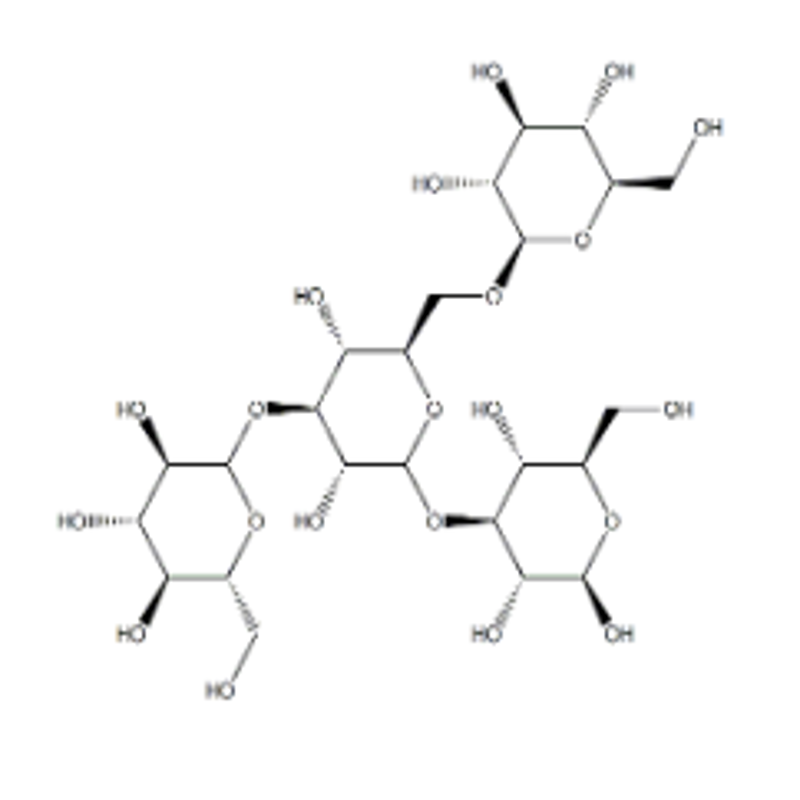-
Categories
-
Pharmaceutical Intermediates
-
Active Pharmaceutical Ingredients
-
Food Additives
- Industrial Coatings
- Agrochemicals
- Dyes and Pigments
- Surfactant
- Flavors and Fragrances
- Chemical Reagents
- Catalyst and Auxiliary
- Natural Products
- Inorganic Chemistry
-
Organic Chemistry
-
Biochemical Engineering
- Analytical Chemistry
- Cosmetic Ingredient
-
Pharmaceutical Intermediates
Promotion
ECHEMI Mall
Wholesale
Weekly Price
Exhibition
News
-
Trade Service
This article is the original of the translational medicine network, please indicate the source when reprinting
Author: Sophia
Introduction: Virus is a relatively simple life form, is an important object of life science research, many important biological concepts and the development of biotechnology are inseparable from the understanding of viruses, such as the discovery of RNA polymerase and reverse transcription phenomenon, the development of cryo-electron microscopy technology, gene therapy vector technology, etc.
, all from the study
of viruses.
On October 4, 2022, the team of Professor Rao Zihe and Professor Lou Zhiyong of Tsinghua University School of Medicine, in collaboration with Guangzhou Laboratory and Shanghai University of Science and Technology, published the article "A mechanism for SARS-CoV-2 RNA capping and its inhibition by nucleotide analogue inhibitors" in the international journal Cell.
A new RNA capping pathway in the biological world has been discovered in the new coronavirus, elucidating the molecular mechanism of nucleoside antiviral drugs to inhibit the process, and proposing a new "induce-and-lock" drug design mechanism
.
background
01
The Cap structure is an RNA modification
that is widespread in cells.
A series of enzyme molecules in the cell, through a complex catalytic process, add a G nucleoside in front of the 5' end of RNA to form a "cap core" structure (cap core, GpppN), and then methyltransferase methylates the first, second and third nucleosides at different locations, and finally forms the Cap0, Cap1, Cap2 structures
.
In higher biological cells, Cap1 is the most dominant form of
cap structure.
The new coronavirus is the largest known RNA virus in the genome (about 30 kb), and must also have a Cap1 cap structure
at the 5' end of its genomic RNA and mRNA.
Research progress
02
Focusing on the transcriptional replication process of the new coronavirus, the study systematically elucidated the working mechanisms
of the Core Transcriptional Replication Complex (C-RTC), the Extended Transcriptional Replication Complex (E-RTC), the Capped Intermediate Transcriptional Replication Complex, and the Cap0 Transcriptional Replication Complex.
On this basis, the research team further explored the mechanism of capping the nucleic acid of the new crown virus, and found that the new crown virus can use the single-stranded nucleic acid-binding protein nsp9 in its transcriptional replication complex as a vector to mediate the new capping process
.
The process is divided into two phases
.
(1) The polymerase NiRAN domain hydrolyzes the 5' triphosphate terminal of the new nucleic acid chain to become the monophosphate terminus, and the remaining monophosphate terminal is covalently linked with the amino group of the first amino acid (Asn1) at the N-end of the nsp9 protein to form an RNA-nsp9 intermediate product, which is named the "RNAylation" process
。 (2) The polymerase NiRAN binds a GTP molecule in its "G pocket", induces conformational changes in the NiRAN domain, and pushes a water molecule called "broken bond water molecule" to the distance of the covalent bond between RNA and nsp9 to 3.
8 Å, so that it exerts its affinity attack ability, resulting in the covalent bond break between RNA and nsp9, and then the high-energy group formed by the broken bond attacks GTP, and finally forms the cap core structure (GpppA).
The discovery of this research is not only an important update to the understanding of the life process of the new crown virus and even other viruses, but also the first discovery in the field of biology that this RNA capping process mediated by proteins as a medium expands the boundaries of understanding of nucleic acid processing in life science research, and provides an important starting point
for discovering similar phenomena that may exist in human cells.
Research implications
03
The team found that nucleoside antiviral drugs can be covalently linked to the nsp9 protein by the polymerase NiRAN domain through a similar mechanism, which in turn blocks the capping reaction process
.
In particular, when the nucleoside antiviral drug sofosbuvir is connected to the nsp9 protein, the drug molecules bind to a site called the "Nuc pocket" and, through chemical modifications on its ribose group, induce drastic conformational changes in the "S-loop" of the NiRAN structure, blocking the pathways
in and out of the GTP molecules in the "G pocket" 。 The study provides a new perspective on the mechanism of action of nucleoside antiviral drugs, while also showing a new drug design mechanism of "induce-and-lock", which provides a new perspective
for the further development of high-affinity, completely new antiviral drugs.
Resources:
This article is intended to introduce medical research advances and cannot be used as a reference for
treatment options.
For health guidance, please visit a regular hospital
.
Recommended Live/Events
09/27 14:00-17:30 Shanghai
Innovative technology to facilitate the summit forum on accurate diagnosis and treatment of tumors
Scan the code to participate for free
November 01-02 09:00-17:30 Chongqing
The 1st Southwest Single Cell Omics Technology Application Forum
Scan the code to participate for free
November 25-27 09:00-17:30 Shanghai
The 4th Shanghai International Cancer Congress
Scan the code to participate






